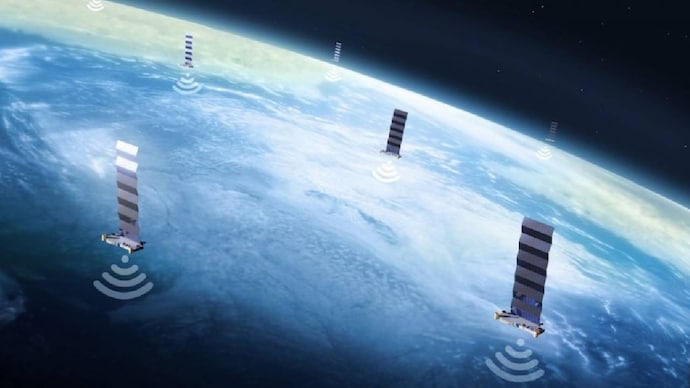SpaceX’s Starlink has recently announced the launch of its groundbreaking direct-to-cell satellite communications. The technology is defined to enable direct connections from Starlink satellites to smartphones, bypassing traditional cell towers and providing connectivity in areas with no coverage. With this launch, the team also announced that several major telecos are also collaborating with the company. Elon Musk has confirmed the list by reposting the following post.

Starlink is making remarkable strides in expanding its satellite communications network, launching rockets and deploying new satellites at an impressive pace. According to a TweakTown report, the users are enjoying speeds of 250-350 Mbps, which surpasses the 50-60Mbps available through fiber in the South Australia region.
What is Starlink’s Direct-to-Cell?
This tech marks a milestone as it enables direct satellite-to-smartphone connections without the need for traditional cell towers. This breakthrough ensures seamless communication in areas without coverage and is expected to roll out further in 2025.
SpaceX is poised to continue its rapid deployment of satellites, enhancing global connectivity. By integrating satellite technology with existing mobile networks, it supports texting, calling, and eventually data services without requiring specialised hardware or apps.

In addition to expanding mobile coverage, Direct to Cell will enable ubiquitous Internet of Things (IoT) connectivity outside terrestrial coverage, connecting millions of devices across critical global industries. SpaceX claims that there is no specialised or additional hardware required. Users are expected to benefit from uninterrupted connectivity during emergencies, in rural regions, or while travelling in areas typically plagued by dead zones. This innovation aims to bridge the digital divide, offering global coverage and enhancing communication reliability worldwide.
With the introduction of next-generation Starlink satellites in the coming months, the company is aiming to deliver speeds exceeding 2Gbps. The ongoing expansion underscores SpaceX’s commitment to creating a comprehensive satellite network capable of bridging the digital divide.
SpaceX is leveraging its experience in manufacturing and launching the world’s most advanced rockets and spacecraft to deploy Starlink satellites with the Direct to Cell capability at scale. Direct to Cell satellites will initially be launched on SpaceX’s Falcon 9 rocket and then Starship. On orbit, the satellites will immediately connect over laser backhaul to the Starlink constellation to provide global connectivity. Hence, this tech is notably the future of technology.

